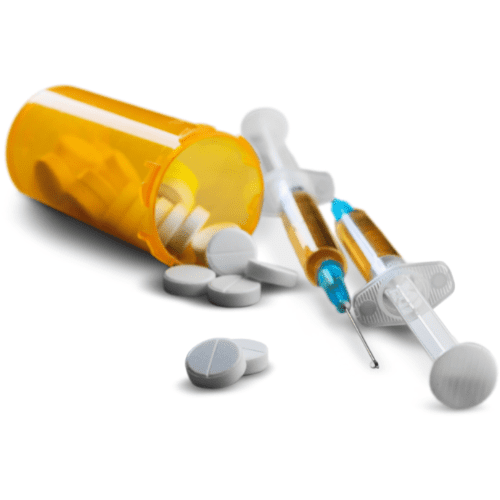University team creates heartbeat detection skill for devices
Smart speakers can set a kitchen timer and tell you tomorrow’s weather, but they can also perform high-tech medical skills like monitoring babies breathing
and detecting cardiac arrest. Now, researchers at University of Washington have developed another impressive skill for the devices: monitoring regular and irregular heartbeats without physical contact.
Using a newly designed algorithm, the process itself is pretty simple: A person sits 1 to 2 feet away from the smart speaker. The speaker sends out an inaudible
signal, which bounces off their body. The way the sound is reflected back to the speaker allows it to identify the heartbeat and whether it is regular or irregular with the use of deep learning, said lead author Anran Wang, a doctoral student in the Paul G. Allen School of Computer Science & Engineering at the University of Washington.
Researchers tested the system on healthy participants and hospitalized cardiac patients. The smart speaker detected heartbeats that closely matched the beats detected by standard heartbeat monitors. The findings were published in the journal Communications Biology.
“Regular heartbeats are easy enough to detect even if the signal is small, because you can look for a periodic pattern in the data. But irregular heartbeats are really challenging because there is no such pattern,” said co-senior author Shyam Gollakota, an associate professor in the Allen School. “I wasn’t sure that it would be possible to detect them, so I was pleasantly surprised that our algorithms could identify irregular heartbeats during tests with cardiac patients.”
Rhythm disorders cause the heart to beat too fast or too slowly and can lead to potentially fatal complications such as strokes, said Dr. Arun Sridhar, assistant
professor of cardiology at the University of Washington School of Medicine.
The algorithm combines signals from all of the smart speaker’s multiple microphones to identify the elusive heartbeat signal similarly to the way it can find you
voice even if the TV is playing and multiple people are talking in the room, Gollakota said. This low-cost test could be performed frequently and conveniently at home, and may be a game-changer in terms of early diagnosis and management, Sridhar said.
“I am most excited about the potential of what a cheap, ubiquitous hardware such as smart speakers can bring to us,” Wang said. “Those consumer devices
are more and more popular in everyone’s homes, and we are excited that other than playing music and making phone calls, they can protect our health, too.”
Currently the system is set up for heart rhythm spot checks, but future versions could continuously monitor heartbeats while people are asleep, something that
could help diagnose conditions such as sleep apnea.
“In addition to abnormalities in heart rhythm, such as atrial fibrillation or bradycardia (slow heart rate), this type of technology can also detect abnormalities
in respiratory patterns,” said Dr. Dan Nguyen, clinical instructor and coronary care unit nocturnist, University of Washington Division of Cardiology.
“This is the future of cardiology,” Sridhar said.
“As the COVID-19 pandemic has shown us, health care can feasibly be provided to patients in the comfort of their home,” Nguyen said. “This is especially important for patients who live in remote areas far from their physicians, where travel to a doctor’s appointment can take the entire day. I think that technology such as our smart speaker can play an important role in improving health care accessibility in the U.S. — connecting patients to their doctors with readily available technology.”







